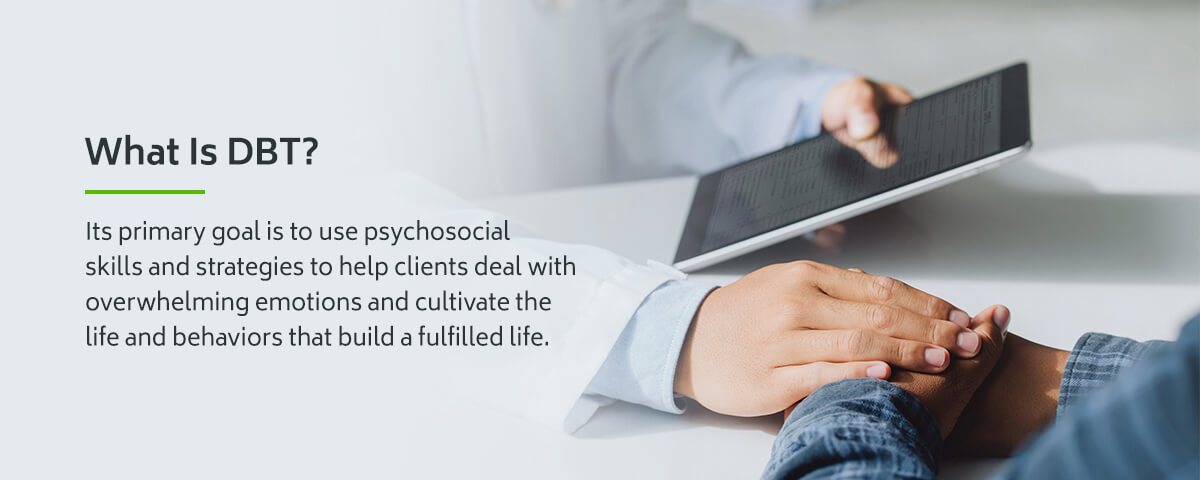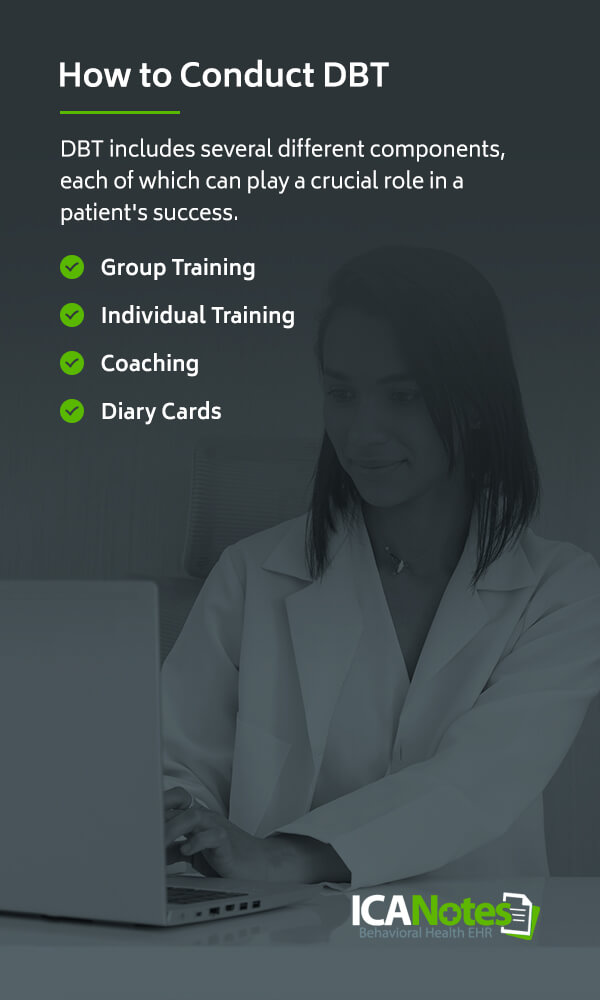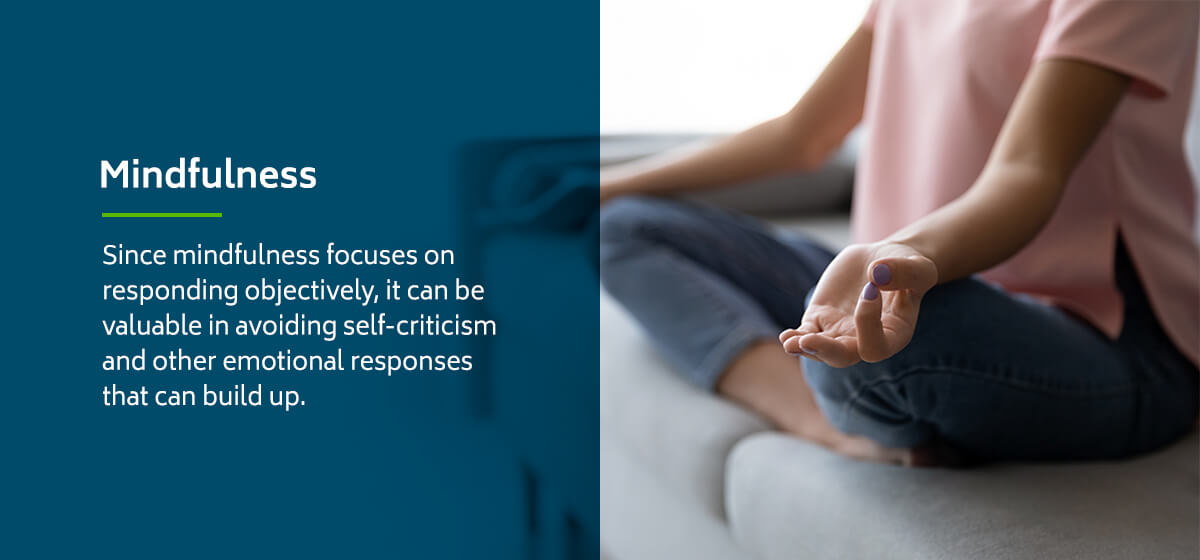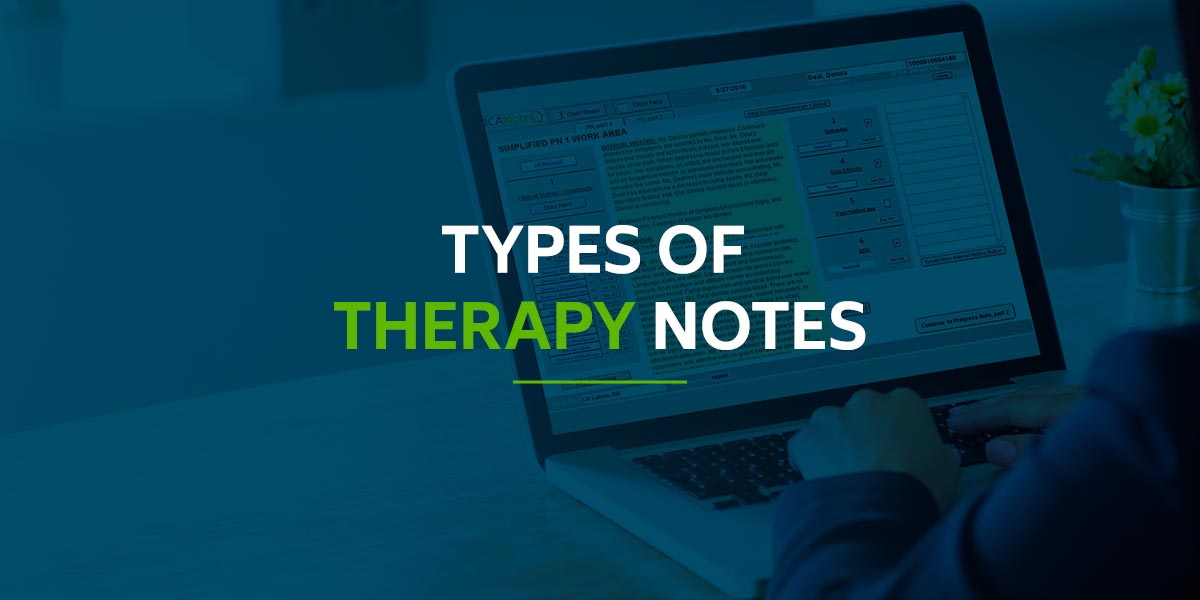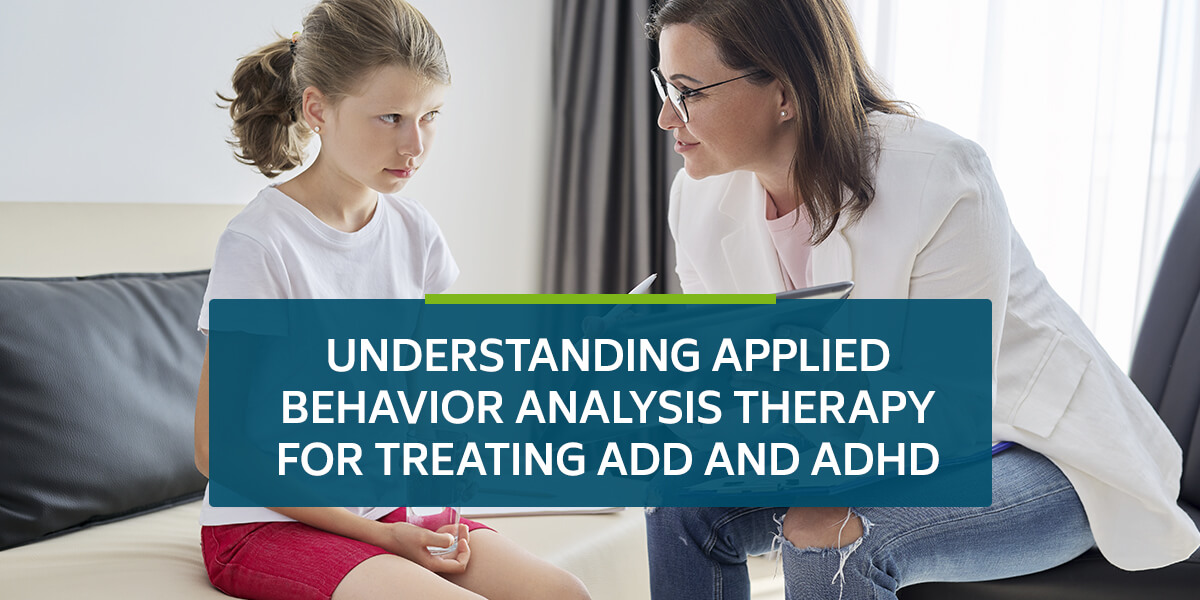DBT Basics: Tips and Techniques for Clinicians

Dialectical behavioral therapy (DBT), also called dialectical behavior therapy, gives patients a wide range of skills and strategies for managing powerful emotions. This method, focused on being in the present moment, can help many patients avoid the detrimental effects of unhealthy coping strategies such as self-harm and violence while better tolerating the stressors we face daily. It also helps them develop goals for cultivating a life worth living and strengthening valuable interpersonal relationships.
DBT leans on acceptance and balance, which pave the way for lifelong changes. You can use DBT for a range of clients who deal with emotional dysregulation. In this DBT 101 post, we'll be discussing the basics of DBT and some tips for clinicians to make the most of it.
Upcoming Webinar
PT 2: Putting the PERSON Back Into Personality: A Strengths-Based Approach to Personality Disorders

This powerful webinar examines the steps a therapist can take to implement a strengths-based approach to working with personality disorders.
What Is DBT?
DBT is a form of cognitive behavioral therapy (CBT), both of which have been used for decades and are well-studied. DBT was initially created in the 1970s by Dr. Marsha Linehan to reduce suicidal thoughts, particularly for people with borderline personality disorder (BPD). Its primary goal is to use psychosocial skills and strategies to help clients deal with overwhelming emotions and cultivate the life and behaviors that build a fulfilled life.
Some guiding principles of DBT include recognizing that all things are interconnected, that opposites can be integrated to better approach truth and that change is constant and inevitable. It helps clients respond to their emotions in ways that are more conducive to reaching their goals than their initial behaviors. Those initial behaviors might include self-harm, suicidal thoughts, risky sexual behaviors or substance use. DBT can be a central component of treating disorders related to emotional regulation such as depression and anger problems.
If we break down the components of DBT, we can learn more about the approach:
- D: The D stands for "dialectical," which refers to the idea that two opposing ideas can both be true. For example, we can accept our current situation while striving to make it better. Finding balance and acceptance is a key part of the strategy.
- B: As with CBT, the B stands for "behavioral." DBT's goal is to establish and achieve target behaviors that align with one's goals by modifying the thoughts behind them.
- T: The "therapy" of DBT often occurs as a combination of individual sessions, group sessions and coaching. The clinician provides guidance, education and support.
DBT is an evidence-based practice that clinicians can use to show insurance providers the quality of care being offered. As a long-term treatment strategy, DBT also offers a way to demonstrate client improvement over time. When using DBT, clinicians should recognize the importance of a collaborative relationship with the client and support and skill development.
You've probably noticed similarities to CBT. DBT is a type of CBT, so both work on modifying thought patterns and behaviors. DBT, however, adds elements of humanism and dialectics to the program. Instead of primarily focusing on changing behaviors, DBT includes reflection, validation and support, so the client doesn't feel like their problems are all their fault or blame others for them. These were some of the unproductive responses to CBT that led Linehan to develop DBT for her BPD and suicidal patients.
DBT also looks closely at psychosocial problems, especially those that could disrupt relationships.
What Is DBT Used For?
Many clinicians use DBT for people who haven't responded well to medication or other therapy methods, though it's also an effective part of an initial treatment plan. It typically targets disorders and symptoms related to emotional regulation, such as:
- Self-harm
- Suicidal thoughts or attempts
- Substance misuse
- Eating disorders
- Post-traumatic stress
- Interpersonal problems
- Anger difficulties
- Anxiety
- Depression
These types of behaviors and symptoms usually occur as a response to overwhelming emotions, and DBT provides healthier coping mechanisms. DBT teaches the client to focus on solving problems in the immediate moment, without dwelling on the past, worrying about the future or blaming others for their situation. By improving their ability to deal with tough emotions, clients can stay grounded to make choices that better align with their goals.
DBT is effective across age ranges, genders, sexual orientations, countries, races and ethnicities.
What Are the Stages of DBT?
DBT can be split up into four different stages. The first two stages focus more on the client's feelings, goals and current situation as they attempt to achieve stability and control emotions. The last two stages turn toward achieving value-driven goals. They take longer to enact but help the client make long-term changes and cultivate the life they want while maintaining stability and happiness.
The stages of DBT are as follows:
- Stage 1: In the first stage of DBT, clients often come to the therapist in a crisis state. The therapist helps to stabilize them with skills for gaining control of emotions in the short term. The therapist also needs to establish a safe environment and minimize behaviors that could interfere with the success of therapy.
- Stage 2: Once the client is more stable, the therapist helps them explore causes of emotional pain, such as trauma and invalidating experiences. Since these discussions can be emotional, they should not occur until after stage 1, when the patient is stable.
- Stage 3: Now that the client has established healthier responses, the therapist can shift to maintaining them and setting reasonable goals toward happiness, stability and trust in oneself.
- Stage 4: Finally, the client and therapist can focus on big-picture goals. They may focus on maintaining stability and happiness from the last step, along with spiritual fulfillment and valuable relationships.
Keep in mind that these stages aren't always chronological. Different issues may need to be revisited so a patient can drop back to an earlier stage to work through them.
How Long Is DBT?
DBT can vary widely in length, but many programs last from six months to a year. It takes time to build up the skills needed and achieve stability. The therapy can include individual and group sessions each week. The length of a DBT program will, of course, depend on the client's position, such as how quickly they pick up on the skills and how much work they need to do.
How to Conduct DBT
DBT includes several different components, each of which can play a crucial role in a patient's success.
Group Training
In group training, clients learn various skills and strategies for topics like mindfulness, distress tolerance and emotional regulation. The primary focus during group therapy is to learn about and practice these skills, complete with homework and roleplay. Group therapy offers a unique opportunity for clients to practice their skills with others. Since interpersonal relationships are often involved in DBT goals, group therapy can be particularly useful.
Individual Training
One-on-one therapy allows the therapist and client to focus more on individual goals. The client comes to each session with information on specific events and challenges in their daily lives. The therapist can help them work through these situations with healthy coping mechanisms and strategies for processing emotions. They often give the client homework to complete outside of sessions to help reinforce the ideas learned and provide practice.
Individual psychotherapy serves as motivation for the client, with recurring work every week focused on real problems in the client's life. Another benefit of individual training is that it provides a structured environment for the client to learn these processes. The therapist helps the client learn how to manage their problems for long-term self-sufficiency after therapy.
Coaching
Some providers offer coaching, as well. This phone-based assistance delivers help for a client in a crisis situation, usually in the form of phone calls, video calls or emails. Coaching is not a replacement for other therapy formats but is an additional resource when necessary. In a coaching phone call, a therapist might suggest specific DBT strategies that the client learned or provide short-term guidance to help the client manage their emotions between sessions.
Diary Cards
In a diary card, clients are tasked with recording their experiences in a journal or card to be reviewed in therapy. Some of the factors that may be recorded on a diary card include:
- Emotions felt
- Actions taken or skills used
- Triggers for certain urges or responses
- An overall rating for the day
- Medications or substances used
Paper and pen make diary cards accessible to all patients, but apps are also available for those who want or are more likely to fill out a digital option.
In addition to helping the client work through real-world problems in healthy ways, diary cards allow a clinician to identify patterns that may contribute to desirable and undesirable behaviors or create high suicide risks. They also provide a convenient record for clinicians and clients to look back on their progress.
What Are DBT Skills?
We can split DBT skills up into two categories regarding acceptance and change. Changing one's situation can often seem impossible or overwhelming if the client hasn't accepted their current state. Suppose they can accept that situation without losing control of emotions. In that case, the client can better make necessary changes to create a life that exemplifies their values and is worth living. This mindset applies to short-term events, such as an urge to self-harm, or long-term problems like depression.
Acceptance skills include mindfulness and distress tolerance, while change skills include interpersonal effectiveness and emotional regulation.
Mindfulness
Mindfulness is an ancient practice that comes from Buddhist and Hindu teachings. It falls under the "acceptance" category. While mindfulness comes in many forms, such as deep breathing and meditation, the core principles of mindfulness are about living in the moment without the influence of the past or future. When being mindful, one observes the thoughts and sensations they're experiencing and objectively labels them, rather than being overwhelmed by the emotions that come with them. They focus on one thing at a time, all without judgment.
Since mindfulness focuses on responding objectively, it can be valuable in avoiding self-criticism and other emotional responses that can build up.
One of the more common examples of a mindfulness strategy is deep breathing. Clients are instructed to take deep breaths, sometimes with different counting strategies. While breathing, the client focuses on different sensations around and within them, such as the scent of a nearby candle or the movement of one's body as they breathe. They can then consider thoughts and emotions. These thoughts should be allowed to simply exist as they are without any judgment or negativity attached.
Distress Tolerance
Some people respond to stressors more intensely than others, and they may trigger behaviors they're trying to avoid. As another acceptance skill, distress tolerance teaches the client to deal with and process the inevitable struggles that are a part of life. When these events occur, the client should be able to tolerate mild or moderate unpleasant experiences and prevent the events from kick-starting unproductive thought patterns.
Some distress tolerance methods include:
- Distractions
- Self-soothing
- Radical acceptance
- Pros and cons lists
- Improving the moment
Interpersonal Effectiveness
Many times, our emotions can get in the way of healthy relationships. Interpersonal effectiveness skills help the patient learn to navigate relationships with themselves and others. It can help them balance priorities and the demands of life while advocating for their needs and wants. These goals are created while respecting others and oneself.
DBT therapists may spend more time on potentially damaging situations, such as uncontrolled anger toward a spouse or negative self-talk that contributes to self-harm.
Emotion Regulation
Emotion regulation helps clients address those uncontrollable emotions and bring them down to a manageable level. Therapists often do this through down-regulation, which reduces the intensity of emotions. DBT works with "in-the-moment" strategies, along with reflective practices like reappraisal, in which one thinks about what prompted the emotion to better control the response in the future.
Emotion regulation strategies may overlap with acceptance skills and include distractions away from the source of the emotions or reframing it as a positive. For instance, someone who accidentally upset their friend may be able to view the situation as an opportunity for them to learn and strengthen their friendship.
Use DBT Therapy to Help Your Patients
DBT is part of a comprehensive approach to treating clients diagnosed with different types of emotional regulation problems. It can help them gain control over the emotions that trigger unhealthy behaviors and get in the way of living the life they want to live. Most DBT strategies have been well-studied and well-documented for their effectiveness, and they can be a strong asset in many treatment plans.
Creating and carrying out treatment plans require detailed notes, diagnostic information, clear goal-setting and all of the signatures and patient details you need for recordkeeping. The many factors involved can seem like a lot to work with, but the right electronic health record (EHR) software makes a big difference. ICANotes was built for behavioral health professionals, with extensive documentation tools and customizable treatment templates. For DBT and other therapies, ICANotes can help clinicians support their patients and their practice with organized, comprehensive care.
Learn more about ICANotes or reach out to us to request a demo. You can also give us a call at (866) 847-3590 with any questions.
Sources:
- https://www.apa.org/ptsd-guideline/patients-and-families/cognitive-behavioral
- https://www.ncbi.nlm.nih.gov/pmc/articles/PMC4579507/
- https://depts.washington.edu/uwbrtc/our-team/marsha-linehan/
- https://psychcentral.com/lib/an-overview-of-dialectical-behavior-therapy#dbt-theory
- https://www.webmd.com/mental-health/dialectical-behavioral-therapy
- https://depts.washington.edu/uwbrtc/about-us/dialectical-behavior-therapy/
- https://www.healthline.com/health/dbt
- https://www.psychologytoday.com/us/basics/mindfulness
- https://www.psychologytoday.com/us/basics/emotion-regulation

